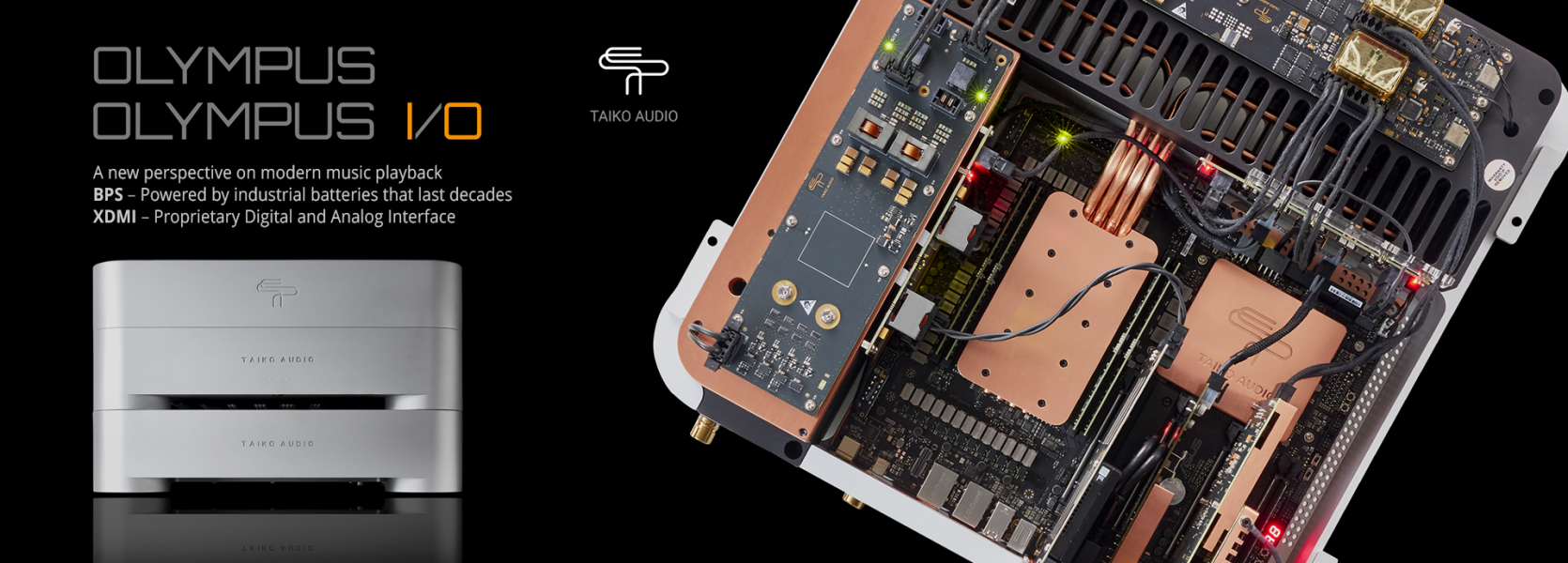From your previous post:
"Anodiser 1: 33 chassis
Anodiser 2: 39 chassis"
If you add Anodiser 1 and Anodiser 2, it totals 72 chassis. I wonder how many of those will pass your quality check.
Let me elaborate on that as we appear to have solved the anodising issues we have been experiencing initially.
The technical explanation:
Stripes caused by uneven cooling during the solidification of a cast aluminum alloy ingot are more likely to occur in the middle of the ingot, where the cooling is slowest. Here's why:
Key Factors:
Thermal Gradients During Solidification:
The outer layers of an ingot cool and solidify faster due to direct contact with the mold or the surrounding environment, leading to a finer and more uniform microstructure.
The center of the ingot cools more slowly, allowing more time for segregation of alloying elements (e.g., silicon, magnesium, or copper) and impurities during solidification. This creates compositional gradients that can manifest as stripes during anodizing.
Dendritic Segregation:
In the middle of the ingot, slower cooling promotes the growth of larger dendrites, with solute-enriched liquid being pushed into the inter-dendritic regions as the metal solidifies. This segregation can result in non-uniform anodizing characteristics and visible zebra stripes.
Shrinkage and Porosity:
Slower cooling in the ingot's center also increases the likelihood of shrinkage cavities and porosity, which can trap anodizing fluids or cause uneven oxide layer growth.
Surface Effects:
While the outer layers experience faster cooling, they tend to develop a uniform microstructure because the rapid solidification limits the extent of segregation. This uniformity reduces the likelihood of visible stripes in the outer layers, even if they cool faster.
Practical Observations:
Stripes or other anodizing defects associated with segregation or porosity often correspond to areas of slower cooling (e.g., the core of thick castings or ingots).
The surface layer of the ingot, despite cooling rapidly, tends to have fewer issues due to the suppressed segregation and finer microstructure.
In conclusion, zebra stripes caused by uneven cooling are more likely to occur in the middle of the ingot, where slower cooling enhances segregation and microstructural inhomogeneity.
Additionally there's an increase in recycling increasing the amount of contamination:
When they cast the ingot, it is poured in a vertical column. All the heavy metal sediment sits at the bottom of the crucible. When they pour the molten metal into the ingot cast, the last of the molten metal which contains the sediment poured directly into the center of this ingot. The reason it can vary so much ingot to ingot is the contamination is based on the recycled material being used. Source material, not the process. The process has unlikely to have changed so dramatically, but material input is always changing. Perhaps standards are lowering in that regard.
The solution to this problem is to purchase the complete ingots, cut blocks from the outside parts, and use those for anodising.
This is easier said then done as these ingots are large, 1.2*1.2*2 meters weighing around 8 tonnes.
However we have that process up and running now and the first 30 chassis produced with those blocks are at anodiser 3.
Anodiser 3 is also a significantly larger Anodiser willing to work on our products (most don't). They can even reserve one bath exclusively for us if we can supply enough to keep it "busy" enough. The main output rate limiting factor however is the mechanical surface finishing, nobody has a bead blasting robot large enough to treat our chassis, so this is a manual process taking up around 2 hours each chassis part (4 hours for an Olympus server, 2 hours for an I/O).
Anodiser 1 we've been using for a while now has let us down there as, as I posted before in this thread they had allocated overtime, 2 employees willing to spending 5 evenings and Saturdays to bead blast around 30 chassis parts a week. However they never reached that quantity, and their motivation seemingly dropped over time, understandably as a lot of their work was in vain due to the zebra striping issue. Our own crew here has not been unsensitive to working long hours in shifts to only see 60% of all that hard work go to waste.
We now have an external company machining chassis parts in parallel to us, they have been machining 10 a week for the past 3 weeks (the same 30 which shipped to Anodiser 3). They have indicated they have spare capacity for a larger volume, however again the remaining limiting factor is the necessity of manual bead blasting, the people doing the bead blasting need to be skilled as well, it's very easy to do this wrong resulting in a chassis reject.
Obviously we're exploring alternatives paths to anodising, which may become increasingly troublesome in the future as more then likely usage of recycled materials will only increase.
To answer your question:
For silver we're still at around a 60% rejection for what is/was at Anodiser 1. They shipped half btw with the other half "promised" for today.
Anodiser 2 is doing black, it will most likely be like a 10% rejection rate.
Anodiser 3, new blocks (cut from the outter parts of the ingots), new process, optimistic for a 5% rejection rate!




